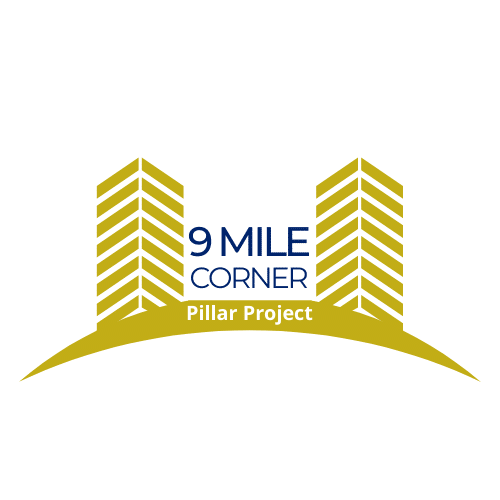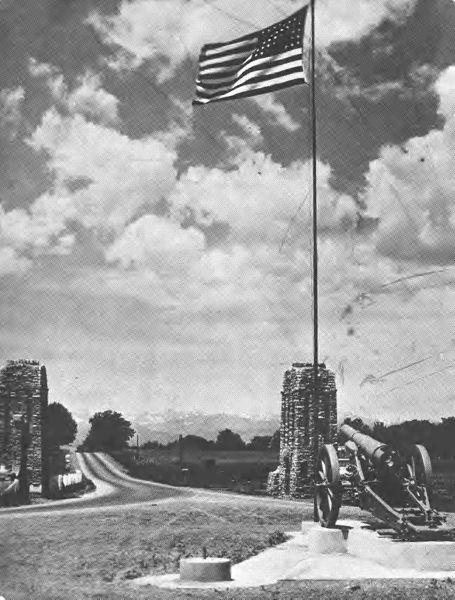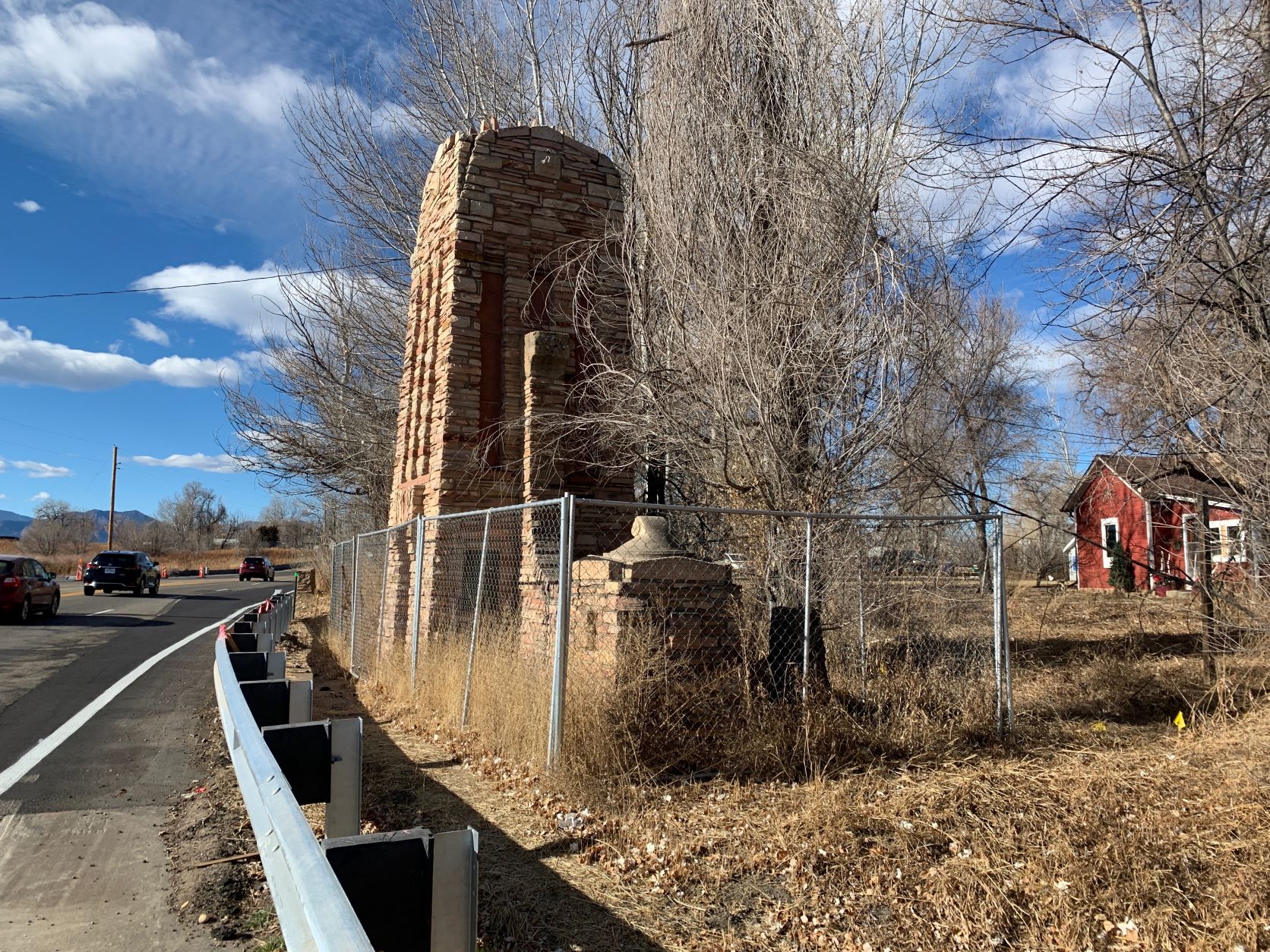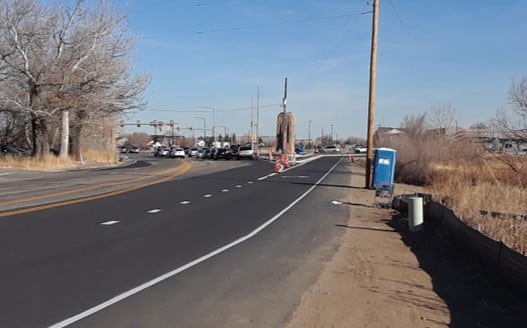9 Mile Corner Pillar Project
Preserving an Important Piece of Boulder County Heritage
PRESERVATION OF THE PILLARS AT NINE MILE CORNER
Gateway to the Road of Remembrance
Upcoming Events:
Please check back for any upcoming events, presentations, or public forums. We will post updates as soon as they are scheduled.
Nearly 100 years ago, a group of Boulder veterans’ and civic groups came together create a Road of Remembrance honoring the men from Boulder County who served in World War I. The proposed Road was planned to follow Arapahoe Road, linking Boulder to a newly built section of the so-called Lincoln Highway (now US 287) in the east County.
Controversy over Boulder’s access to the Lincoln Highway raged for several years, but in 1928 Boulder civic leaders completed a memorial Gateway to the proposed Road composed of two stone pillars and an associated park. Though the Road of Remembrance was never completed, the pillars became a Boulder County landmark at the intersection of Arapahoe and US 287.



Over the years, the memorial park was demolished. At the same time, the pillars have been largely ignored, and allowed to deteriorate due to the absence of any maintenance.
Recently, CDOT issued a permit allowing a private developer to substantially reconfigure the Arapahoe Road – US 287 intersection. Unfortunately, no historic preservation review was performed as required by Colorado law to determine the impact of the proposed construction on the pillars.
The resulting construction has substantially worsened, and in fact endangered, this historic Boulder County landmark. A November 2021 study by the Colorado Department of Transportation (CDOT) concluded that this new construction severely impacted the physical integrity and historic significance of the pillars, and added a new and serious vehicular hazard for eastbound traffic.

After this situation was raised with CDOT by the Boulder Rotary Club in the latter part of 2021, CDOT conducted a belated, “after-the fact” consultation with the State Historic Preservation Officer (SHPO). Those agencies determined that in order to mitigate the adverse effects of this recent construction, a Mitigation Working Group should be formed to develop a plan for the preservation, monitoring and perpetual maintenance of the pillars.
Boulder Rotary Club, in cooperation with CDOT, formed such a working group composed of more than a dozen Boulder County civic, veterans, and governmental organizations to analyze all possible alternatives for mitigating the adverse impacts on and preserving the pillars. Over the past few months, the Working Group sponsored public informational programs and a public forum to obtain input concerning the future of the pillars. In the process, a variety of alternatives for the pillars have been proposed. After receiving this initial input, the Working Group recommended to CDOT that the pillars be relocated to an area roughly 150’ north of their current location. When it was determined that this option was not feasible, the Working Group prepared a revised recommendation proposing that the Monument be relocated to near the Atlas Valley Shopping Center on the SW corner of the intersection of 95th Street and State Highway 7 in Lafayette. At present, the Working Group, CDOT, the City of Lafayette, and the landowner are working with professionals to complete the design for the relocation site. The current plan is to finish the design, fundraising, and construction of the relocation site by the summer of 2026.
While planning for the relocation continues, CDOT has taken some interim steps to mitigate the issues at the present site. Landscaping rock has been installed around the south pillar and on the west end of the pork chop traffic island. The remainder of the island has been tilled, reseeded and covered with fiber blankets. Trees and other vegetation that have impinged on the north pillar, along with a derelict utility pole, have been removed. CDOT concurred with this revised recommendation.